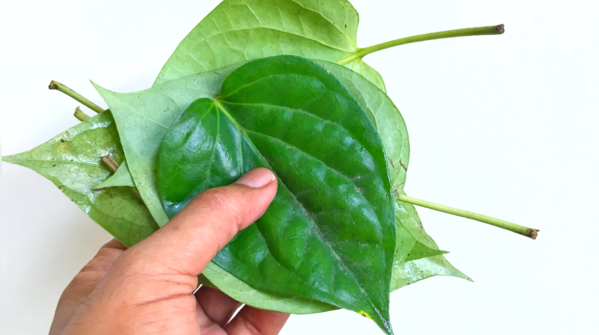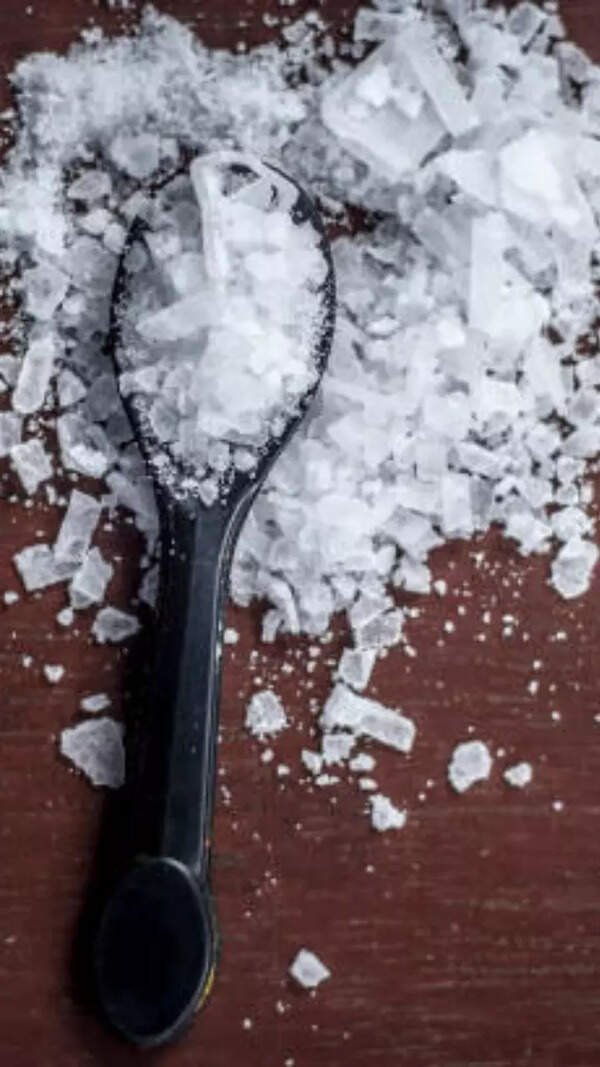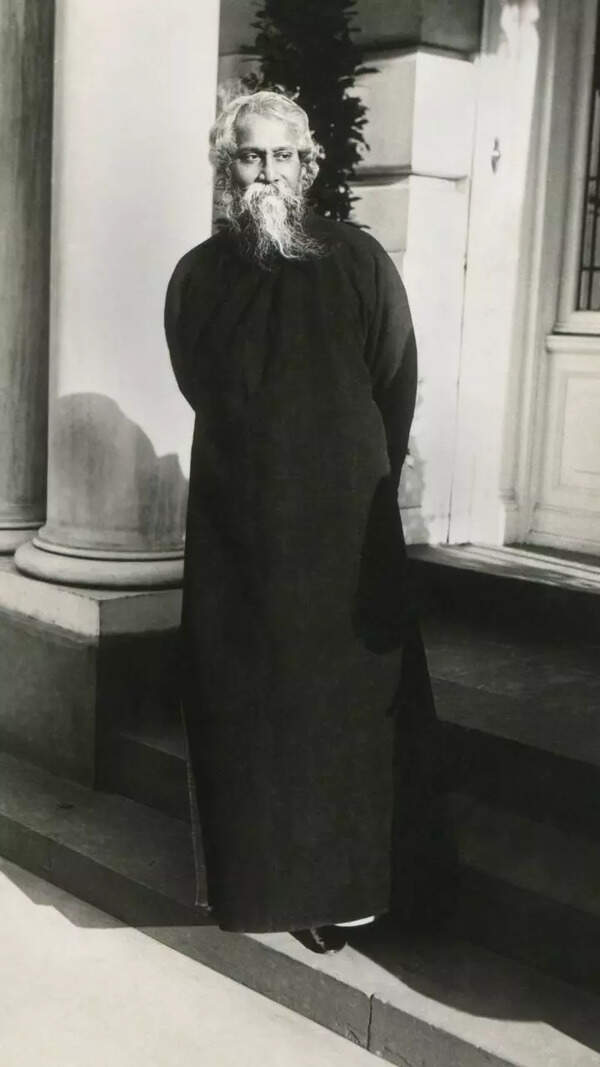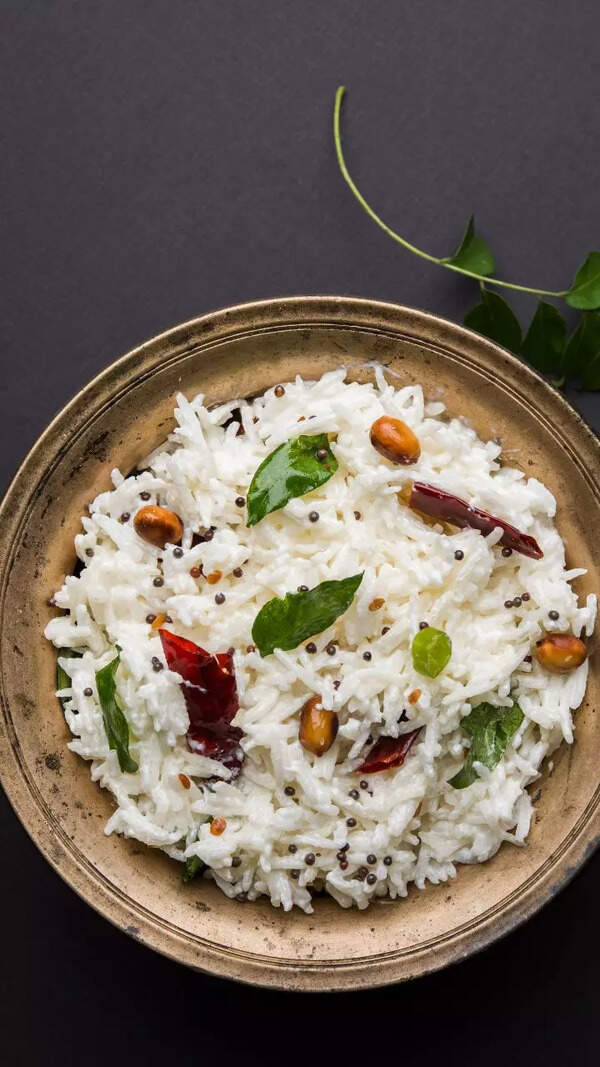- News
- lifestyle
- health-fitness
- diet
- Paan benefits: 6 benefits of eating Betel leaf once a day
Paan benefits: 6 benefits of eating Betel leaf once a day

Benefits of paan patta
An ancient Indian herb, paan leaf is also called betel leaf. It was essential to ancient society in 400 BC. The significance of paan leaf was mentioned by Ayurveda in its book. There’s some healthy reason why European explorer Marco Polo revealed that Indian monarchs and nobility frequently chewed paan, or betel leaf. The paan leaf has been the subject of numerous investigations and studies. They discovered that the extract, fraction, and purified components of paan leaves are crucial for maintaining good oral hygiene. Listed below are 6 benefits of eating betel leaf:

Relieve headache
Betel leaves may have analgesic (pain-relieving) and cooling effects. It can be used to ease the agony of excruciating headaches. To determine how betel leaves affect headaches, more research on both humans and animals is needed. See your doctor if you have a persistent headache or excruciating pain.
Diet consumed by people in “Blue Zones” who live longer than the rest of the world

Reduces stress and anxiety
Betel leaves are a natural treatment for anxiety and depression because of its mild stimulant properties, which also serve to reduce stress, elevate mood, and encourage mental clarity.

Balance doshas
Betel leaves have a powerful Ushna Virya, or potency, and a distinctive Tikta and Katu Rasa, or bitter and pungent, flavor that warms the body. Additionally, these green delicacies are endowed with Kshara guna, or an alkaline characteristic, which significantly enhances digestive health by successfully balancing pH imbalances in the stomach and intestines. Because of their Laghu Gunas of being light to digest in the body, they can be simply added to the diet or consumed as pastes, powders, or drinks to improve metabolism. They support the system's tridoshic harmony by balancing the Vata and Kapha elements and elevating the Pitta doshas.

Support respiratory health
Paan leaves can aid in clearing the respiratory system of mucus and have strong anti-inflammatory qualities. According to studies, betel leaf may help treat bronchitis, colds, coughs, and asthma, among other respiratory ailments. There are various methods for using betel leaf to treat coughs and colds. To treat a cold or cough, soak a crushed betel leaf in heated mustard oil and apply it to your chest. Grind a few betel leaves to extract their juice, then combine them with one teaspoon of honey and two teaspoons of juice. Take this twice day, preferably half an hour after eating.

Enhances digestion
Have you ever wondered why, after a satisfying meal, people chew betel leaf? The intestinal, anti-flatulent, carminative, and gut-protective qualities make it a recommended supplement. Increased metabolism from betel leaves promotes circulation and the absorption of essential vitamins and nutrients by the intestines.

Antifungal and antiseptic qualities
Because betel leaves are high in polyphenols, particularly chavicol, which provides twofold protection against germs, they have remarkable antiseptic qualities. It is also often used to treat orchitis and arthritis. Fungal infections are immediately relieved by its remarkable antifungal qualities. Applying betel leaf paste eliminates fungus infections in the afflicted area.









